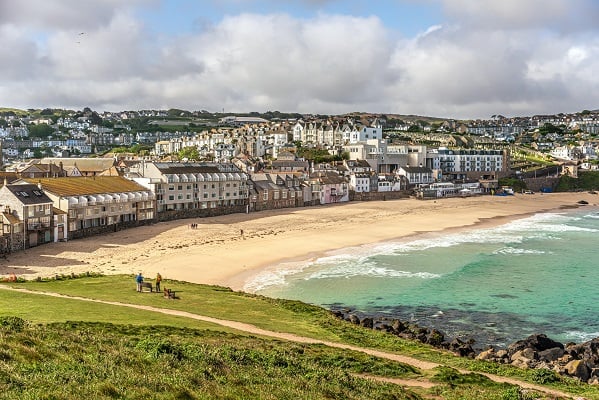Research from eXp UK, the independent estate agent platform, reveals that while Britain’s housing market might be cooling, some areas are still seeing strong house price growth when analysing performance on a three month rolling basis, providing agents and sellers with ample opportunity for success.
House prices in Britain are down -0.3% month on month according to the Land Registry, with the data also showing that the market has been cooling for a while with this monthly drop of -0.3% being preceded by two months of stunted growth, during which prices rose by just 0.7% and then 0.2%.
Therefore, according to this latest government data, the average rate of house price growth over the last three months has been just 0.2%.
In some areas, the price drops have been far more significant during this period. The worst hit market has been Hammersmith & Fulham, London, where prices have fallen by -2.7% on average over the last three months.
Kensington & Chelsea fared slightly better with a three-month average change of -1.9%, while the worst hit market outside of London has been the City of Aberdeen where prices have declined by -1.8%.
Also among the areas to have experienced price drops are the City of Westminster (-1.6%), South Lakeland (-1.6%), Three Rivers (-1.3%), North East Derbyshire (-1.1%), Bassetlaw (-1%), and Exeter (-1%).
However, there are a number of British locations where house prices continue to go from strength to strength, none more so than the City of London where, after facing hefty challenges during the pandemic, they’ve increased by an average of 4.4% over the past three months, including a 10.5% rise in the past month alone.
In Malvern Hills, close to Worcester, prices have gone up by 3.1%; in Crawley, West Sussex, they’re up 2.9%; and positive growth has also been recorded in Stevenage (2.7%), Mid Suffolk (2.7%), Harborough (2.6%), Mendip (2.5%), Amber Valley (2.5%), Calderdale (2.4%), East Lothian (2.2%), Oldham (2.2%), Herefordshire (2.2%), Barrow-in-Furness (2.1%), Richmondshire (2.1%), and Lichfield (2.1%).
Head of eXp UK, Adam Day said, “As is always the case with these things, the topline stats don’t tell the full story when it comes to the health of the property market. So, while the national average house price might be in decline, it’s important to note that there are many regional markets that are actually in very good health and where prices continue to rise.
This is great news because, while the wider market is indeed cooling, there remain plenty of areas where agents and sellers can continue to command strong asking prices.
While it’s useful to have a view of the wider national picture, we would advise agents and sellers to focus more on their own local markets rather than buying into a story of doom and gloom that might not even apply to them. There is still a lot of success to be had with selling homes in this country, and we don’t see that changing any time soon. If you’re lucky to be in an area of growth right now, don’t let outside concerns thwart the opportunities in front of you.”






Leave a Comment